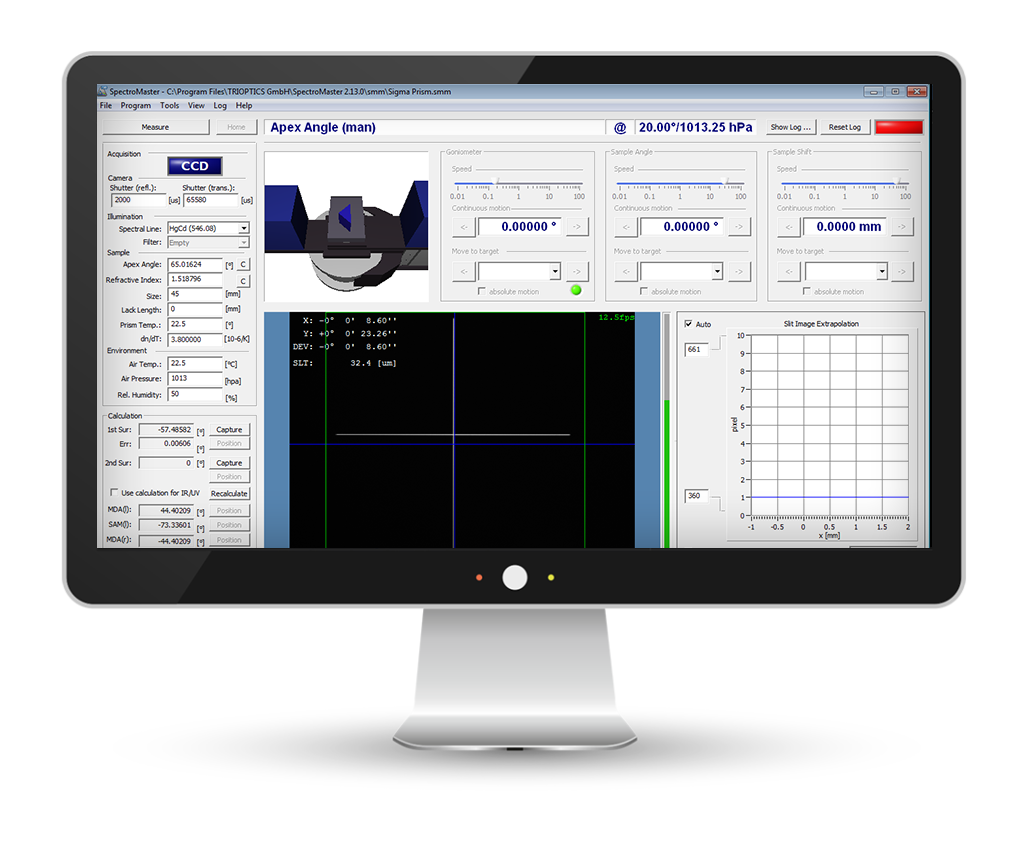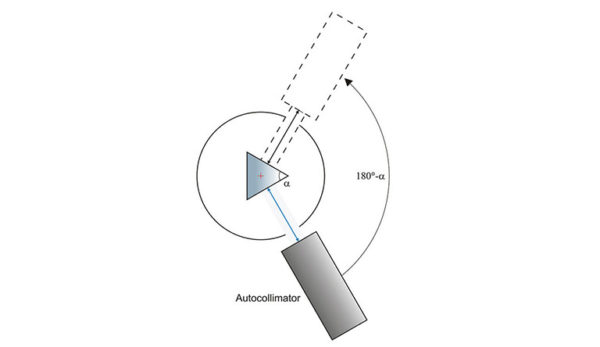-
SpectroMaster® 600 HR
Automated Precision-Goniometer
-Spectrometer
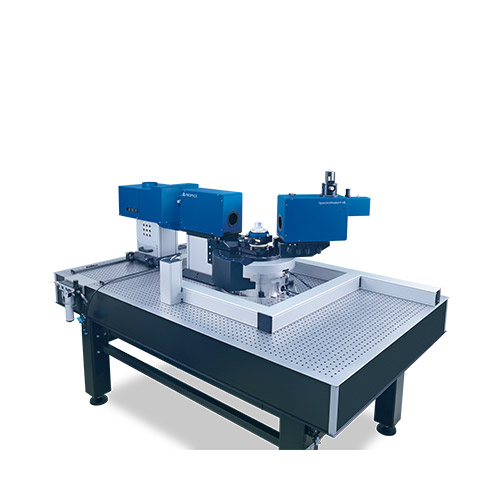
The SpectroMaster® 600 HR is the most accurate refractive
index measurement system currently on the market.
This accuracy is the result of ultra-high precision components
like the motorized air bearing rotary table or the high-class
mirror optics and the high-quality manufacturing including
careful inspection of all relevant parameters. The motorized
goniometer is equipped with backlash-free piezo motors of
negligible power dissipation for optimum thermal stability.
Highest accuracy of 2×10⁻⁶ in the determination of the refractive index
Maximum wavelength range of 195 nm to 12,000 nm
Fully automated measurement procedure
More Information
Motorized filter and spectral lamp changer wheel
Motorized goniometer
Motorized sample table
Collimator and autocollimator based on mirror optics.
No refocusing over the entire spectral range necessary
Equipped as standard with Hg and Cd spectral lamps
Further spectral lamps optionally available
Equipped as standard with CCD for measurement in the spectral range 365 nm – 1,014 nm
Further detectors available to extend the measurable spectral range between 195 nm – 2,325 nm
Infrared light sources between 4,000 nm – 12,000 nm and infrared detectors optionally available
-
SpectroMaster® 600 MAN
Manual precision Goniometer-Spectrometer
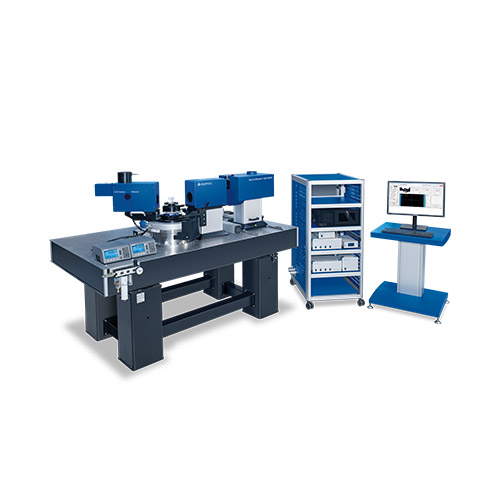
The SpectroMaster® 600 MAN works with mirror optics and
thus retains the advantage that the collimator and
autocollimator do not have to be refocused over the entire
measurable spectral range. The lamp change wheel, goniometer
and sample table can be operated manually and the user is
guided through the measurement procedure with software
support. The measurement system achieves excellent accuracy
in refractive index measurement and is therefore an alternative
to the fully automated SpectroMaster® 600 HR with lower
requirements in the measurable spectral range and
measurement speed.
Accuracy of 4×10-6in the determination of the
Maximum wavelength range of 365 nm to 1,014 nm
Sophisticated software assistance and alignment
indicators for high accuracy in manual operation
More Information
Motorized filter changer wheel, manually operated lamp changer wheel
Precision mechanics for manual operation of the goniometer and the sample table
Collimator and autocollimator based on mirror optics. No refocusing over the entire spectral range necessary
Equipped as standard with Hg and Cd spectral lamps
Further spectral lamps optionally available
Equipped with CCD for measurement in the spectral range 365 nm – 1,014 nm
-
SpectroMaster® 300 MAN
Manual precision Goniometer-Spectrometer
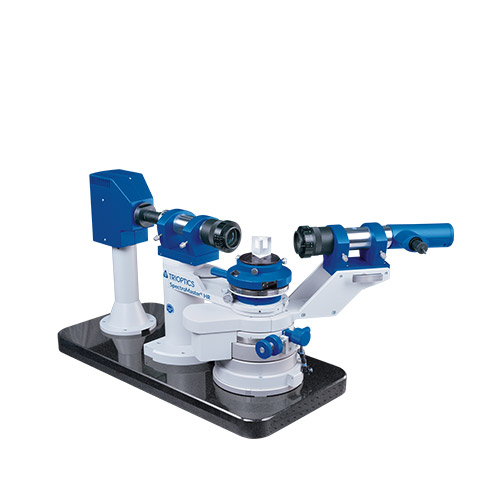
The SpectroMaster® 300 MAN uses refractive optics. The high
accuracy of this instrument is achieved by special focusing
optics, so that the telescope and the collimator are focused to
best collimation at the specific measurement wavelength. It
offers a very high system accuracy for refractive index
measurement.
Accuracy of 5×10⁻⁶ in the determination of the refractive index
Maximum wavelength range from 365 nm to 1,014 nm
Sophisticated software assistance and alignment indicators for high accuracy in manual operation
More Information
Focusable collimator and focusable autocollimator for a wide spectral range
High accuracy due to special focusing optics: Telescope and collimator can be focused to best collimation at the specific measurement wavelength.
Very high system accuracy for refractive index measurement and for angle measurement
Manual air bearing rotary table
HgCd spectral lamp
Manual filter change
Precision mechanics for manual operation of the goniometer and the sample table
Manually focusable collimator and autocollimator to achieve high measurement accuracy over the entire spectral range
Equipped as standard with a spectral lamp (HgCd). No lamp changer
Manually operated lamp changer and further spectral lamps optionally available
Equipped with CCD for measurement in the spectral range 365 nm – 1,014 nm





